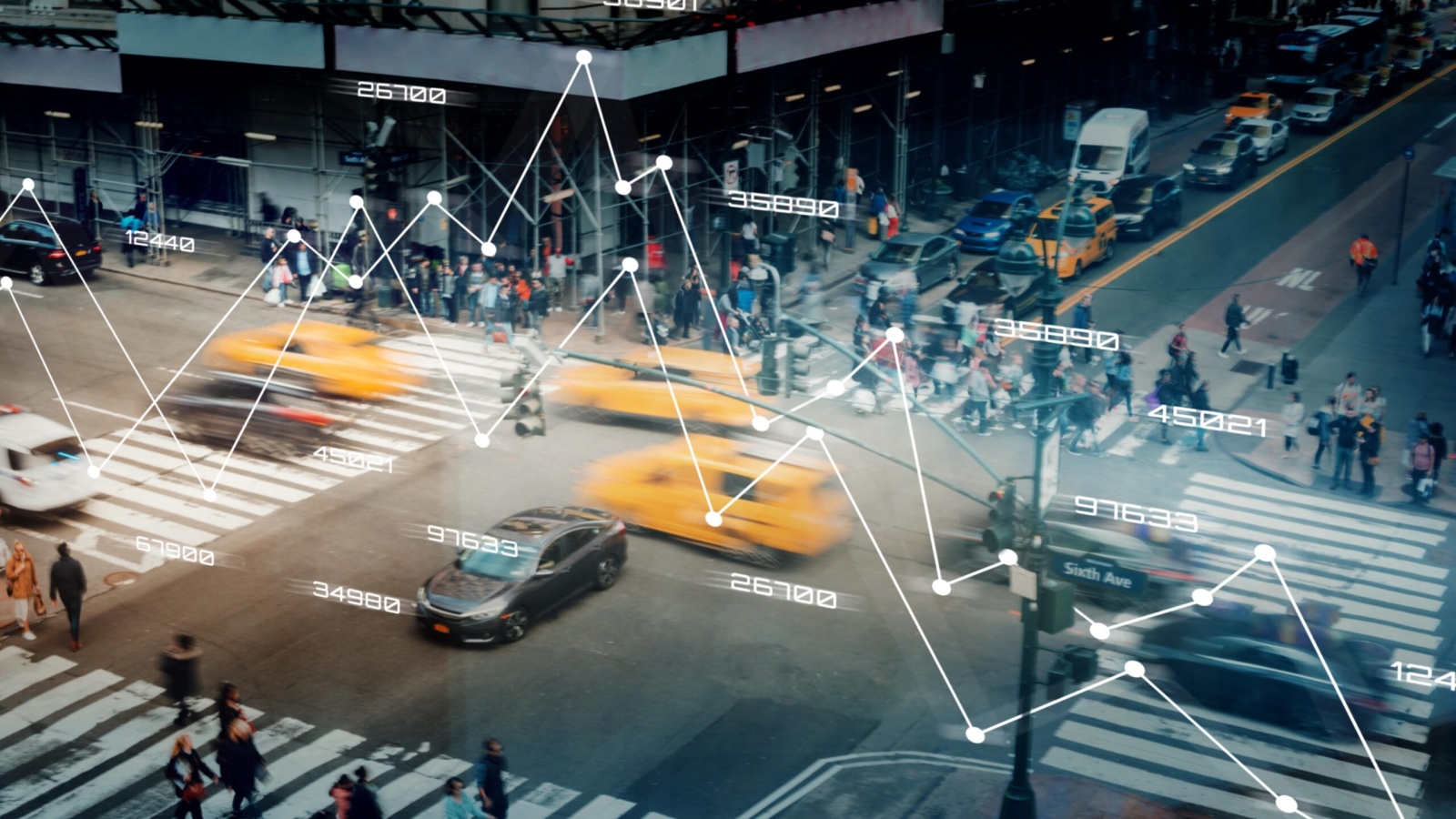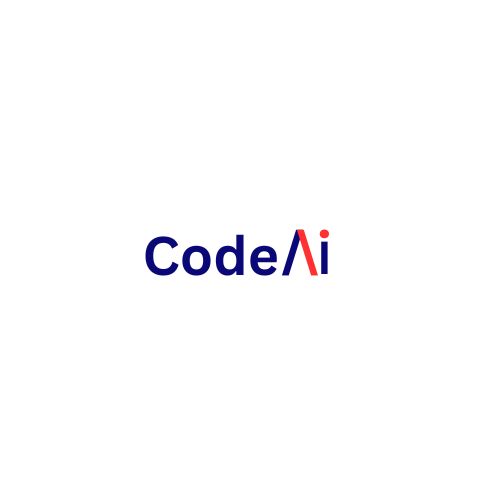The rapid growth of urban areas coupled with worsening traffic problems has created an absolute requirement for intelligent traffic management systems. AI-powered traffic signal systems show great promise through their capability to modify their operation immediately based on shifting road scenarios. These smart traffic systems require the essential data annotation process to enable AI models in learning complex traffic situations. Using CodeAI and similar professional services improves both efficiency and quality in this process.
Data Annotation functions within Traffic Systems as a necessary process.
The process of data annotation requires experts to add instructional tags to different types of data including images, videos, LiDAR and sensor-produced outputs. Professional service providers perform data annotation by marking elements like vehicles and pedestrian along with bicycles and road signs and traffic signals in traffic signal system video clips.
Data annotation of proper datasets enables the following functionality in AI systems:
The system needs to identify multiple road objects along with their proper classification.
Track movement and behavior of traffic participants.
The system should master the interpretation of traffic signals as well as the automatic adjustment of these signals.
The system should forecast congestion levels while providing recommended stream changes.
Why CodeAI for Data Annotation?
CodeAI stands as a premier company in AI solutions which specializes in computer vision technology alongside data annotation service delivery. CodeAI provides both specialized tools and skilled annotators that deliver high-quality scalable datasets when building robust AI systems for traffic signal optimization.
Here’s how CodeAI adds value:
- Precision Annotation at Scale
Multiple traffic scenarios exist across regions and throughout different times of the day because they operate differently within each area. The annotation capabilities of CodeAI supply exact pixel alignment which enables AI models to identify distinguishing patterns between sidewalk pedestrians and pedestrians at crosswalks. - Custom Annotation Pipelines
Each traffic department together with city entity operates with its distinct set of requirements. CodeAI implements collaborative client partnerships for designing proprietary annotation procedures that suit individual data needs and AI targets. The company provides adaptable service solutions for both red-light violation identification systems and adaptive signal management programs. - Quality Control & Compliance
The system’s integrated quality control adds to its built-in privacy compliance mechanisms which produces annotations at top-tier standards thus ensuring safety when training systems which directly protect public safety. - Support for Multi-Modal Data
The modern traffic data collection infrastructure gathers more than video-based information. CodeAI allows users to annotate both GPS and radar dataset in addition to LiDAR data which creates improved fusion models for better real-time decision accuracy.
Real-World Impact
New AI models provide practical benefits after applying labeled data for their training process. Citywide adoption of AI-based traffic systems leads to several improvesments including:
Reduced intersection wait times.
Lower carbon emissions due to optimized signal timing.
Faster emergency vehicle clearance.
Enhanced pedestrian safety.
Through their partnership with CodeAI both municipalities and tech developers can speed up intelligent system deployments and maintain reliable and safe operations.
Final Thoughts
Traffic management will undoubtedly become data-based in future applications. The progress of AI depends entirely on how well the annotations of data are performed. CodeAI demonstrates its essential position as industry partner for creating roads through its expertise in traffic data annotation. All professionals involved in urban planning and AI development and traffic system operation should start by adopting data annotation practices to advance future traffic management systems.



Add a Comment